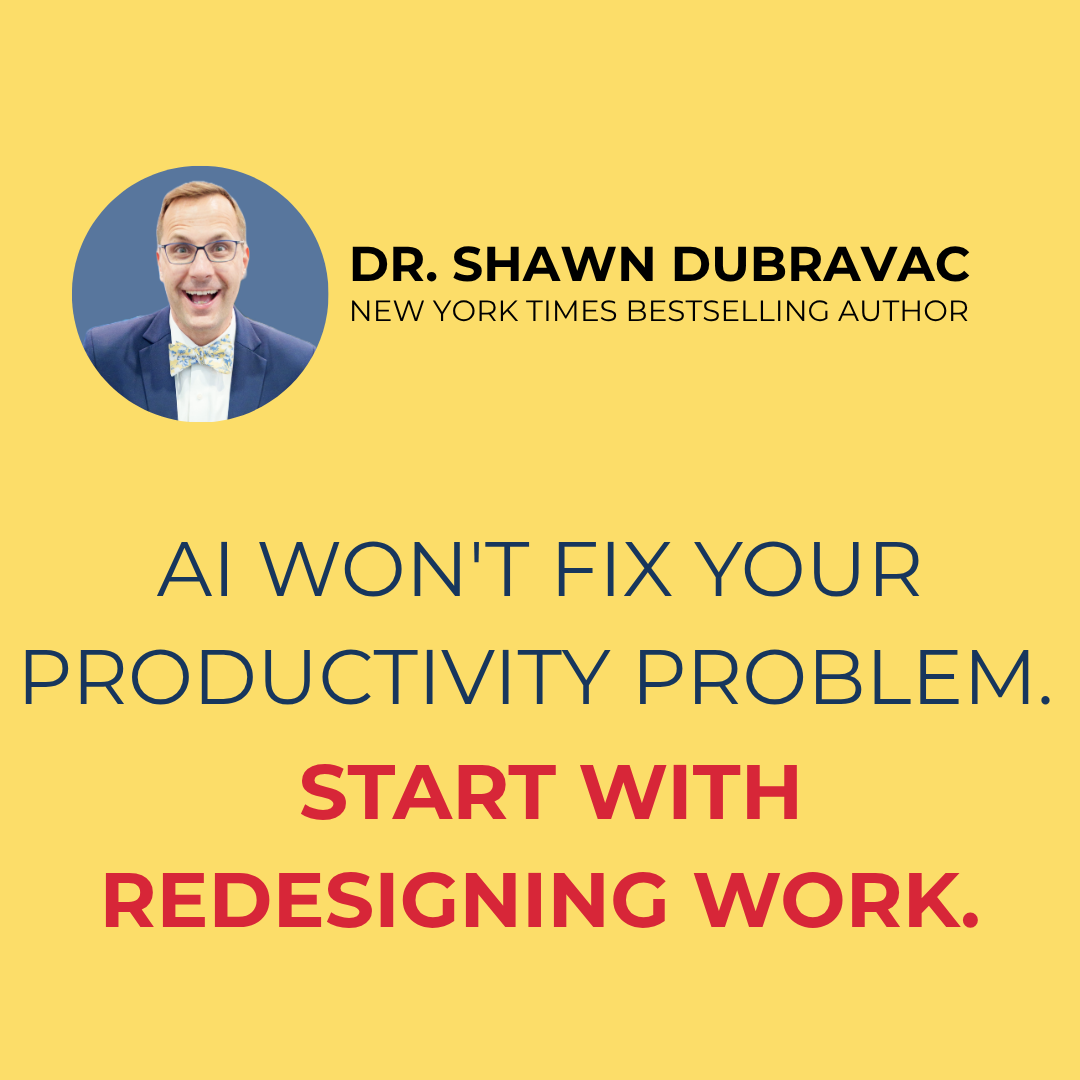Last week Kindle announced their move into the libraries. You can read more here: (press release, NYTimes article, Kindle site on how it works).
 There has been much talk in the past how Kindle, and eReaders generally, will play an influence role in education. This move into libraries will serve as an important catalyst. It will be years before eReaders become widely leveraged within library systems nationwide and years more before they become widely influential within public education nationwide but this marks an important first step (read the Economist’s recent Great Digital Expectations for a view on the current ebook landscape). While we are losing traditional book vendors, ebooks through libraries and hardware through other retailers will help drive adoption (RadioShack recently announced they would expand their eReader offerings).
There has been much talk in the past how Kindle, and eReaders generally, will play an influence role in education. This move into libraries will serve as an important catalyst. It will be years before eReaders become widely leveraged within library systems nationwide and years more before they become widely influential within public education nationwide but this marks an important first step (read the Economist’s recent Great Digital Expectations for a view on the current ebook landscape). While we are losing traditional book vendors, ebooks through libraries and hardware through other retailers will help drive adoption (RadioShack recently announced they would expand their eReader offerings).
Kindle books are now available at my local library and I’m testing the experience now. Kindle is enabling me to retain any notes or highlights, but importantly Kindle will also retain this information. As I’ve discussed before, this strengthens Kindle’s approach to social. More data creation will make a more valuable platform. It may also help sell more eBooks though I think the jury is still out on this particular aspect. If a user buys a book they borrowed from their local library, their notes and highlights will be updated in their purchased copy.
Many libraries are now working through the demand implications of a changing book environment. Many are allocating more dollars to their ebook collections and updating the borrowing window.


